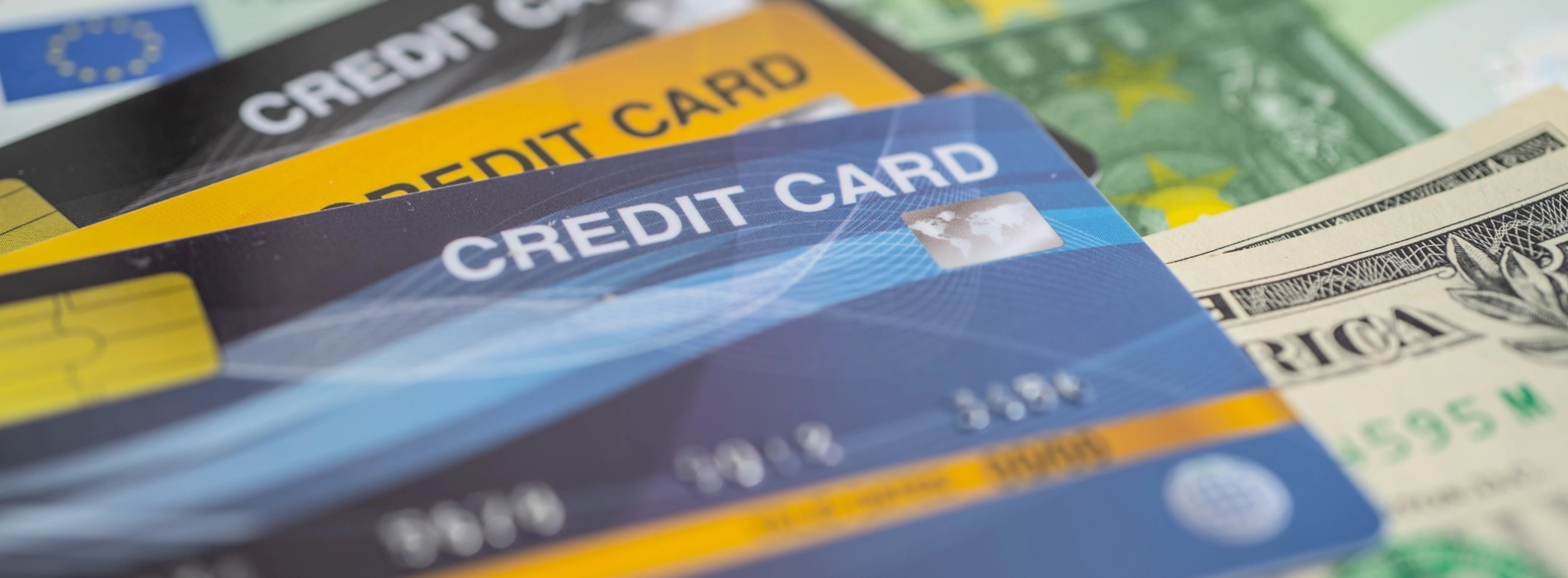
If you're visiting Vietnam for the first time, understanding how payments work is definitely essential, as it can make your trip smoother and more enjoyable. This guide will help you decide whether to use cash or card in Vietnam when making your everyday transactions.
Vietnam's purchase landscape is still predominantly cash-based, especially in rural and less-touristy areas. That said, cards and mobile wallets are rapidly becoming popular payment methods in Vietnam, especially in major and medium cities and provinces like Hanoi, Ho Chi Minh City, and Haiphong, where many businesses are now equipped to accept digital payments.
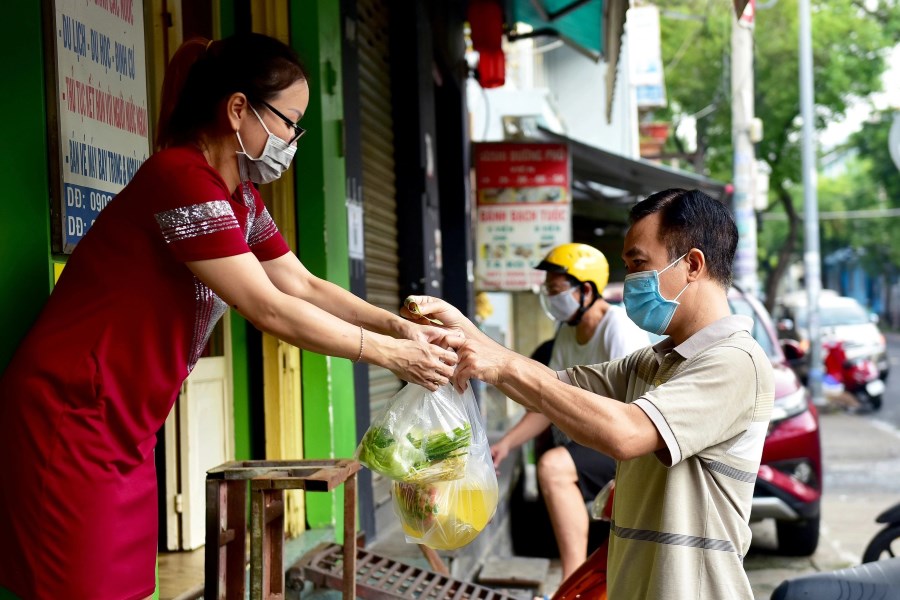
Most places in Vietnam still prefer good old cash
As mentioned above, despite Vietnam’s growing embrace of digital payments, cash remains essential in many everyday situations. Even in cities, there are still places where paying in cash is the only option. You’ll need it for public buses, temple donations, and entrance fees.
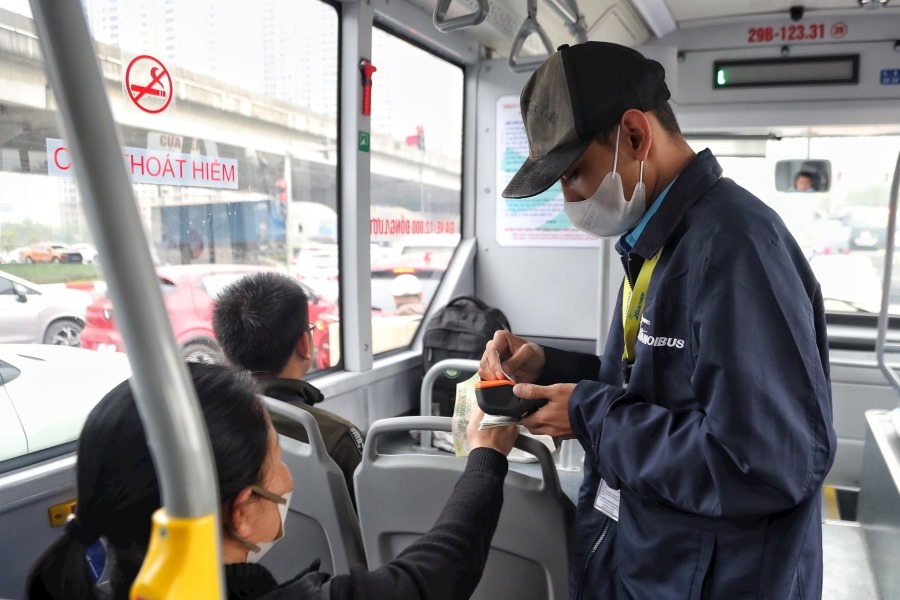
Buses in Vietnam take mobile payments, but not bank cards
Street vendors, market stalls, and small local restaurants, particularly those outside tourist zones, almost always prefer or only accept cash. This is even more true when traveling to rural or remote areas, where cash is often the only form of payment accepted.
Just a heads-up, Vietnam doesn’t use coins, and the smallest bill you’ll encounter is 1000 VND.
Card payments are becoming increasingly common in Vietnam, especially in urban centers and tourist-friendly areas. In places like Hanoi, Ho Chi Minh City, and Da Nang, card payments are widely accepted at mid-to-high-end establishments.
When it comes to transportation, ride-hailing apps like Grab or Be accept flexible means of payment. They also allow you to link a card for cashless convenience.

Many ride-hailing apps in Vietnam accept payment via cards
To avoid inconvenience, it’s best to use your card when possible in the city, and make sure to spare enough cash when you travel away from urban areas.
Suggested for you: Vietnam Tour 12 days: Taste of Vietnam
|
Payment Type |
Card? |
Cash? |
|
Taxis |
Sometimes (via apps) |
Yes |
|
Convenience stores |
Usually |
Yes |
|
Temples |
No |
Yes |
|
Public transport |
Depends |
Yes |
|
Restaurants & cafés |
Usually |
Yes |
|
Spas & massage parlors |
Usually |
Yes |
ATMs are widely available throughout Vietnam, especially in cities, airports, convenience stores, and around hotels and bars. Most machines accept international debit and credit cards like the common Visa and Mastercard, so it shouldn't be a problem for you when it comes to accessing local currency.
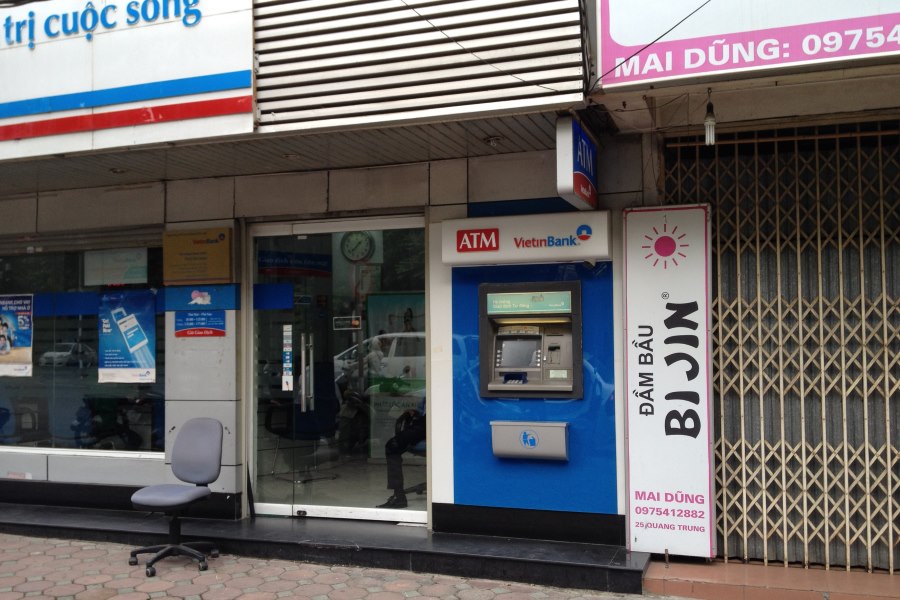
ATMs are widely available throughout Vietnam
When it comes to withdrawal limits, local bank ATMs typically allow you to take out between 2 to 5 million VND per transaction, while international banks like HSBC or Citibank may offer higher limits, up to 10 million VND.
ATM fees usually start at around 30,000 VND (approximately 1.20 USD), but not all machines clearly display these charges. A nice tip for you is to always choose to withdraw in VND rather than your home currency to avoid poor exchange rates imposed by dynamic currency conversion.
There is another payment option other than cash or card in Vietnam. As Vietnam is quickly emerging as one of Southeast Asia’s leaders in adopting cashless payments, mobile wallets, and contactless options are now widely accepted at many businesses. Not only foreign travellers but also Vietnamese locals are benefiting from this change towards a faster and more convenient transaction method.
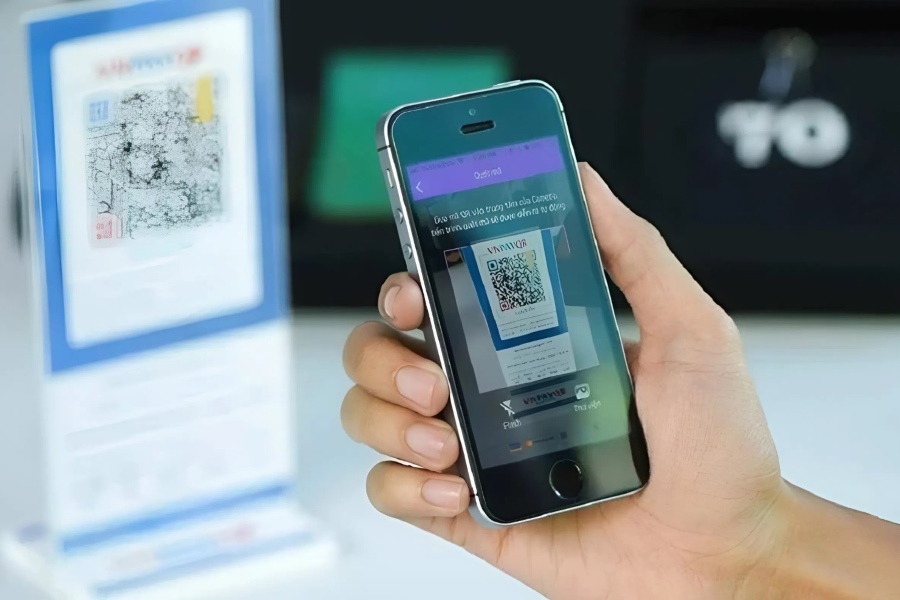
Mobile banking via QR codes in Vietnam
Among the most popular payment methods in Vietnam is MoMo, which is Vietnam’s leading e-wallet service. This e-wallet allows you to link for mobile spends to your international cards and is accepted at a wide range of stores.
International options like Apple Pay and Google Pay are also gaining more popularity, especially in larger businesses and international chains found in major cities.
While QR code payments are very popular in Vietnam, some local apps only work with Vietnamese banks, so they may not be accessible unless you open a local bank account.
Tipping isn’t traditionally part of Vietnamese culture, but in recent years, it has become more common, especially in service-oriented settings, largely due to the influence of Western practices.
While these tips are appreciated as a gesture of satisfaction, they are never strictly required or socially expected in a must-have manner. Therefore, if anyone tries to pressure you into tipping in Vietnam, you need to know that this behavior is inappropriate, and in serious cases, you can always report it to the local police.
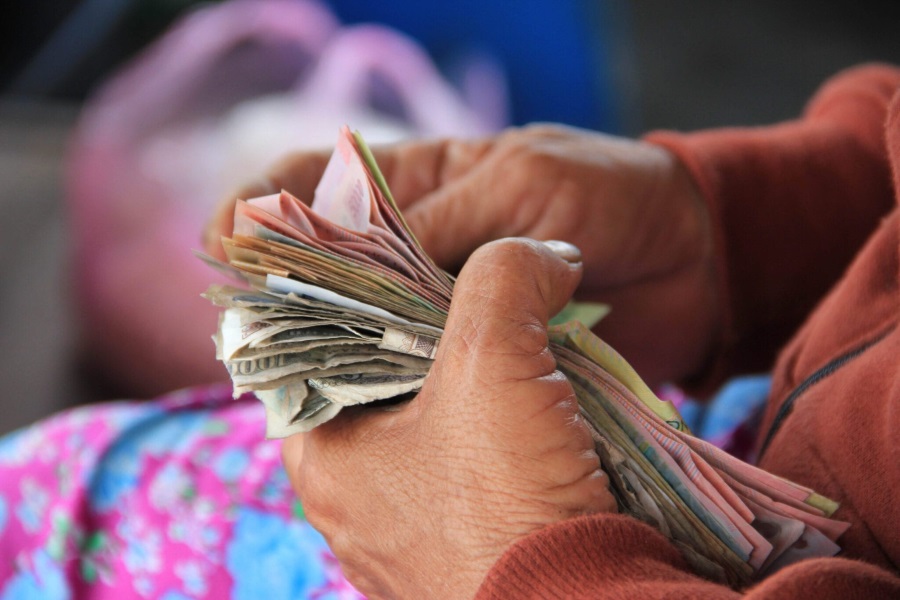
Tipping isn’t a customary part of Vietnam’s cultural norms
On the other hand, bargaining is a common practice in local markets and souvenir stalls. Vendors often raise prices for tourists, so there’s a good chance you might be quoted more than the local rate. Don’t be afraid to negotiate, but always do so with a friendly and respectful attitude. It also helps to shop around and compare prices between stalls first before buying.
However, as locals, we suggest that if you want to avoid potential hassle, not just about whether to use cash or card in Vietnam, you should also consider traveling with a local friend or guide who can help you navigate the process of shopping in general.
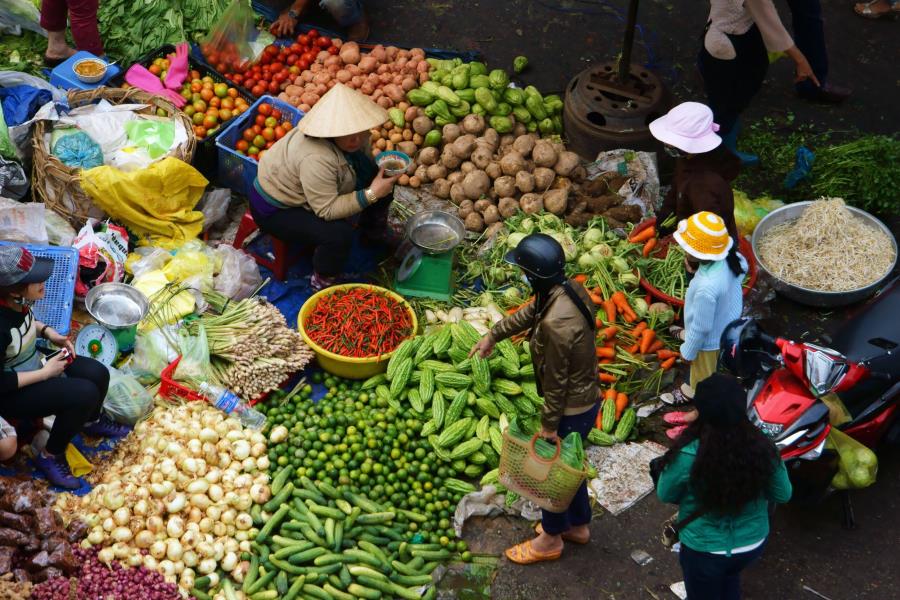
Bargaining is a handy skill if you want to shop like a local in Vietnam’s markets
Whether you prefer using cash or card in Vietnam, having both ensures flexibility and peace of mind on your trip. On top of that, Vietnam offers incredible value for money, and being prepared with the right way to pay can make your trip significantly more convenient and enjoyable.
Did this guide help you decide whether to use mobile banking, cash or card as payment methods in Vietnam? If you need more than just advice, our team at Asia King Travel is always available to help make your travel experience smooth and memorable with our curated services.
Suggested for you: Vietnam Cambodia Laos tour 24 days: Spirit of Indochina